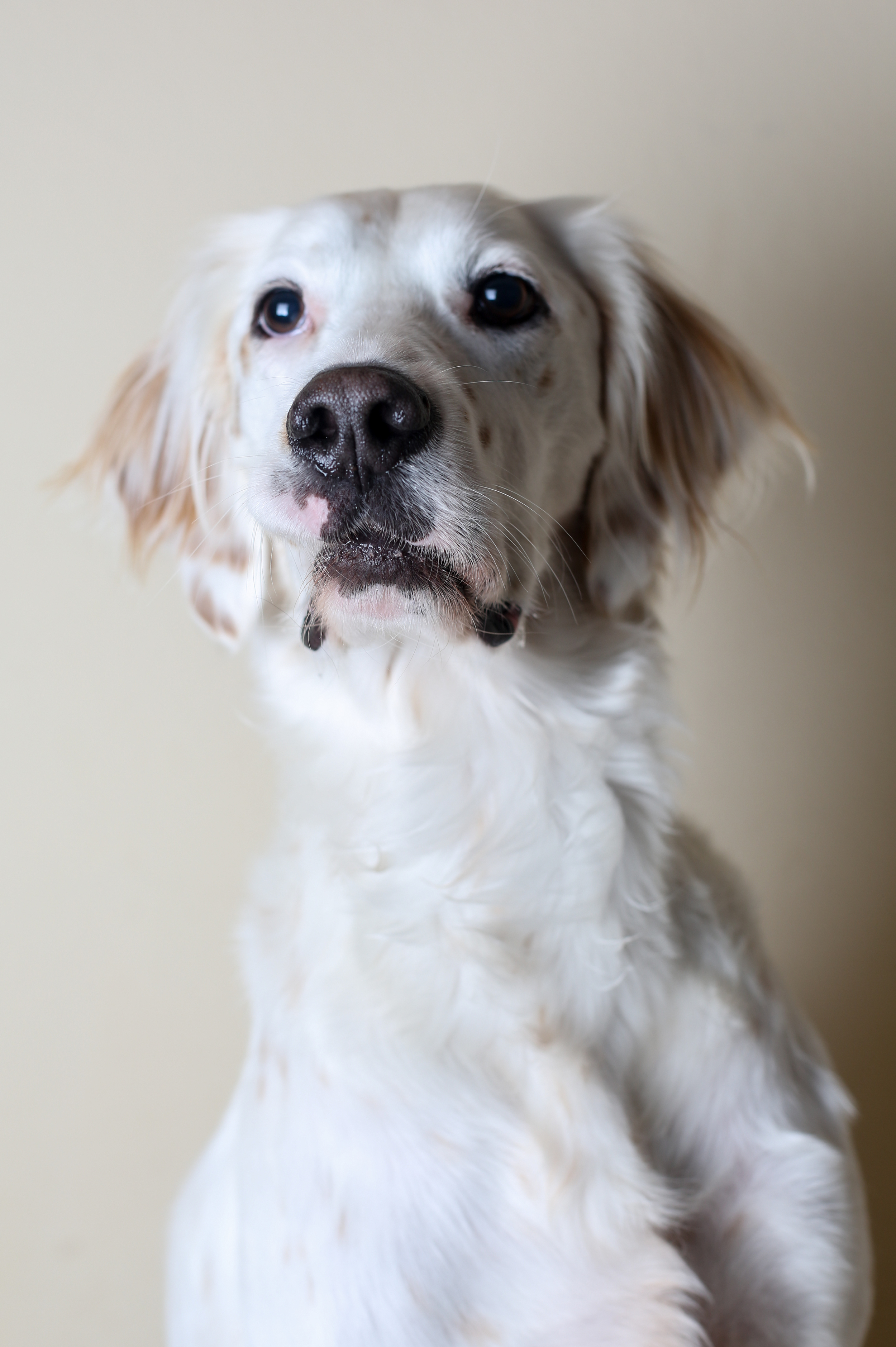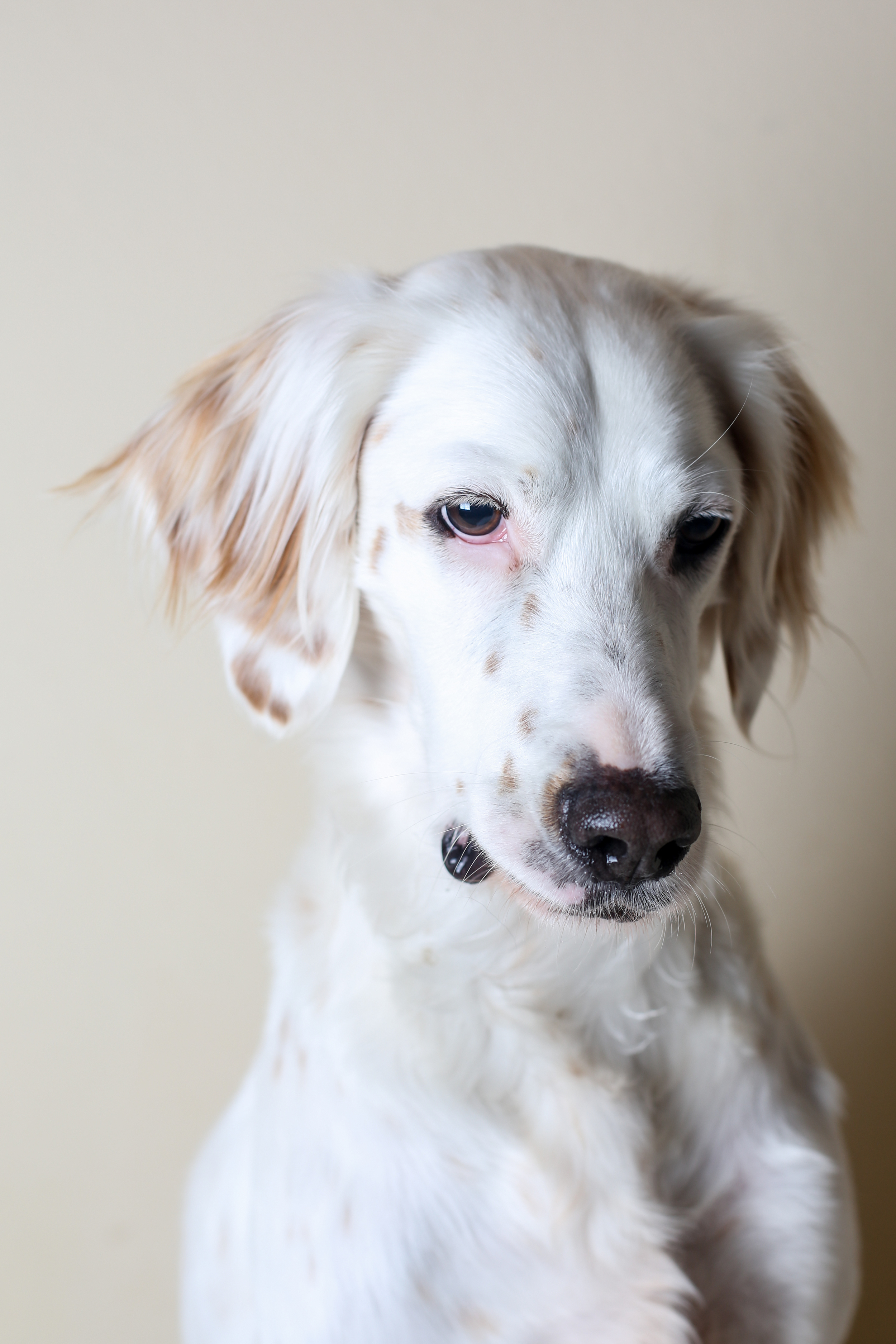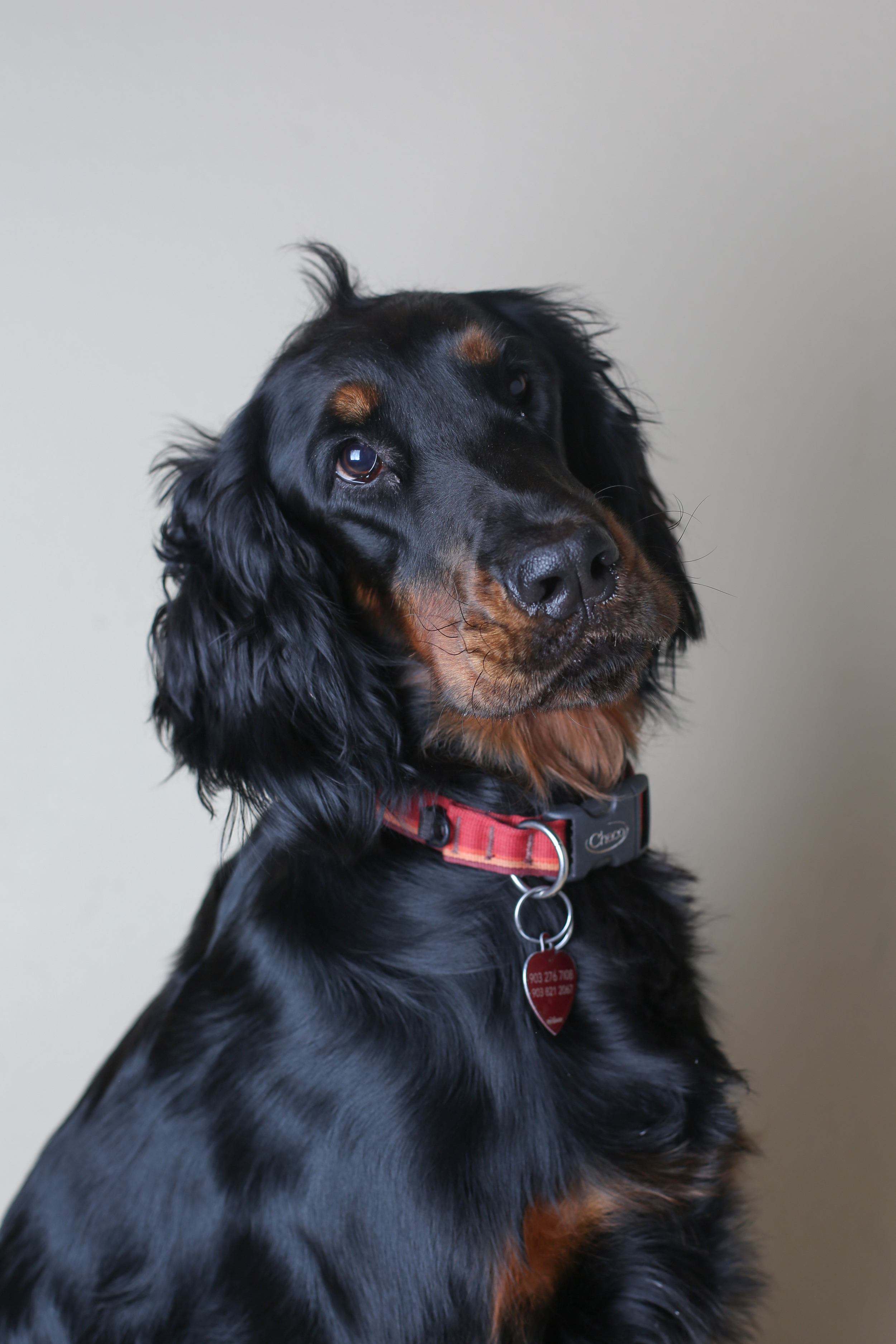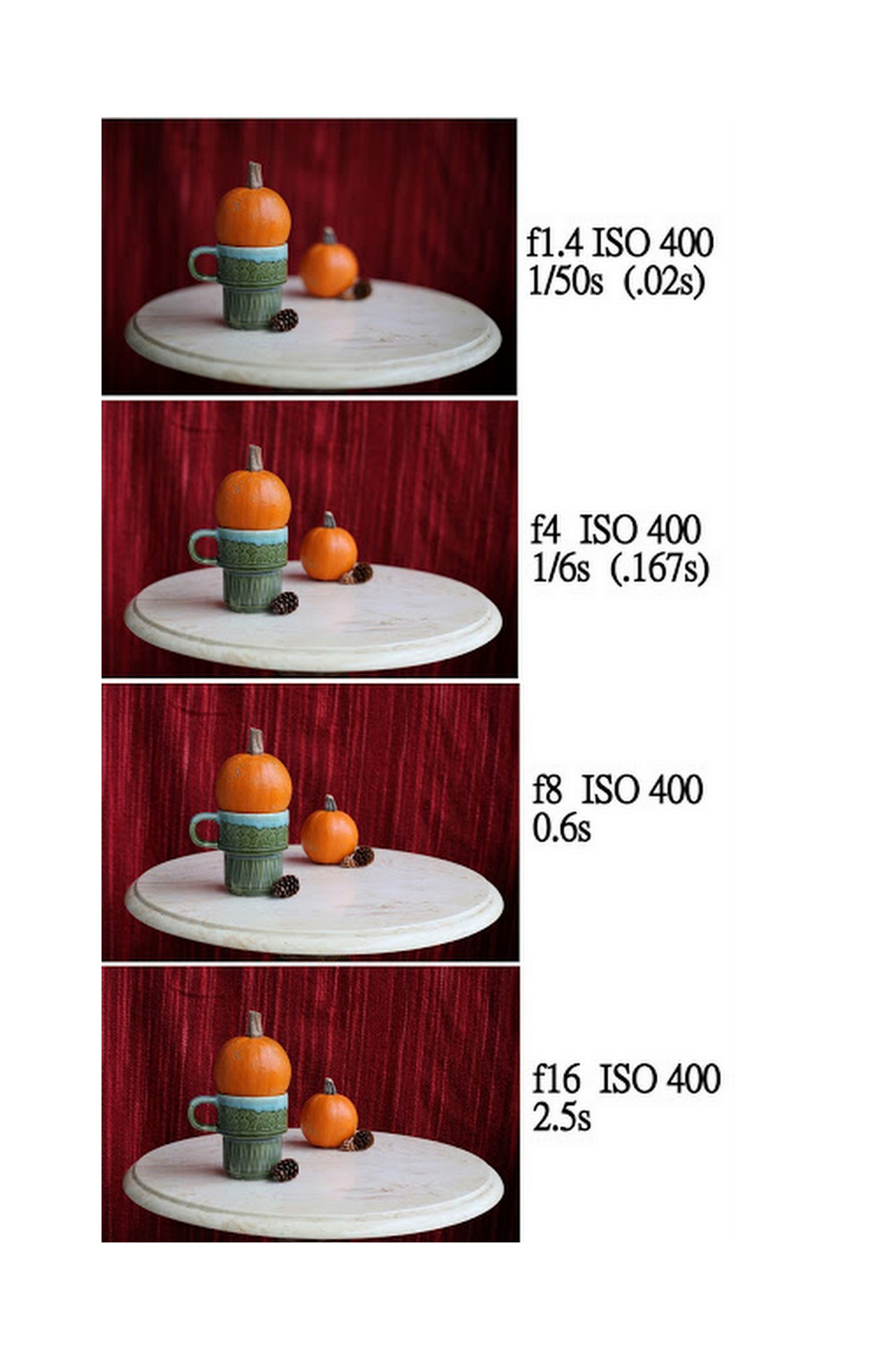Well not too long ago we found out that we would be having a little one coming at the end of November... After the excitement/shock wore off we started brainstorming on how to announce our news. Most people who know us could have guessed that we would use our dogs in one way or another, but who would've thought we would transform Smitty into a great white STORK!!!
I am lucky that I married such a crafty lady because believe or not you can't really find stork costumes for dogs! So off to Hobby Lobby we went and after some quick work with feathers, foam paper, and a hot-glue gun we had ourselves something to work with. For the background we used a blue twin bed sheet and for the clouds we used the guts from a cheap pillow!
Now for studio prep in our tiny Houston apartment...
As you can see above, this is a very well put together "studio": backdrop tapped to the mantle and my umbrella just resting on the couch... I mean who needs 2 light stands anyway? I don't remember what my flash settings were but I just put them on manual and played with the powers until I got it how I wanted it.
Next was the model placement...
I had my lovely assistant kindly ask the model to "STAY". Which is easier said then done for sure!
My framing was pretty wide, so it included a lot of junk around the backdrop, but that was easily cropped out afterward. So below is the shot we used...
We were pretty happy with the result, considering how hastily we put all of this together. The set up could obviously be improved: ironing/stretching the backdrop, better wing position, etc. The funny thing is that there were a lot of people who didn't even realize that was a dog when we posted the picture! Smitty was an awesome model and was rewarded with a spoonful of peanut butter!
Of course it was only natural that we would use our two canine children again when it came time to reveal the gender. We actually took these pictures the night before we found out, and at this point in time we had moved out of our Houston apartment and into our house in Temple! So our "studio" took on a little different look this time around.
This time we just hung a white fleece blanket from a curtain rod and placed my umbrella on a spare chair. The 580EXII was in the softbox and my yongnuo flash was just laying in the chair and reflecting off the inside of the umbrella. It obviously takes a little while to get the right shot, below are a couple of interesting captures along the way...
Finally we got a couple we liked...
Lauren posted these to Facebook and asked people who they thought would win. Team Smitty vs Team Wendy... later that night after many confident wrong and right guesses, the answer was revealed! We are having a BOY!!!



















































